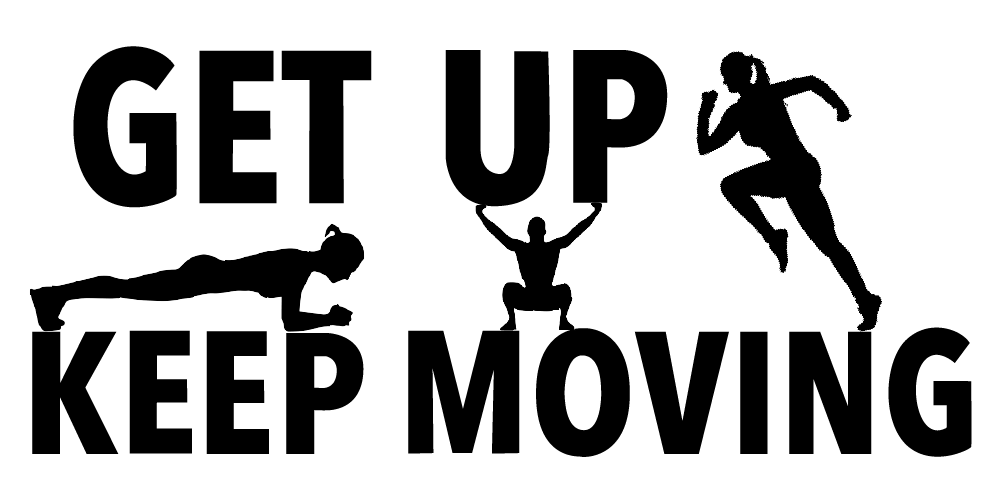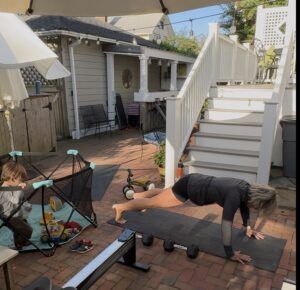Hi friends~
I’m so happy you’re here!
Are you a data nerd? I admit I kinda am. So are my clients! In rowing training sessions we like to use metrics to measure our performance during and after the workout.
But this morning I led my Monday virtual virtual ROW+STRENGTH session doing something most members dislike whenever I do it: not relying on data at all.
(Join us! You can choose all 4 virtual sessions a week, or go session by session M/W/TH at 7:30am, and Saturdays at 9am.)
The Concept2 rowing machine (the “erg”, short for ergometer) has the amazing Bluetooth performance monitor that provides data for the athlete: meters, watts, splits, stroke rate, calories, and heart rate in real time, AND stores all the data to evaluate afterward. At the end of the workout we usually talk about our performance based upon the information we’ve seen on the monitor.
But what if there’s no data?
For this session the members (not very happily!) turned down their performance monitors so they couldn’t see them, and went by feel to determine how hard they were working at a very slow stroke rate per minute (s/m), watching the video screen to match my stroke rate. In this workout the idea was rowing for strength, maintaining the same slow s/m, adding more force in each shorter interval: 5 minutes, 4,3,2,1 with 2 minutes rest in between each interval.

How did the members of the class determine performance?
RPE – It’s about feel.
The most important piece of information when we’re training anything is RPE – rate of perceived exertion – how we feel while we’re doing the exercise for the length of time, or sets and reps (volume), and with what intensity (resistance/force and speed). A scale of RPE ranges from 1-10, and can be gauged by a simple method – the talk test. Can you talk easily during the workout in full paragraphs (1-2 ish), a single sentence (5-7ish), or only a few syllables, or not at all (8+)? You as the athlete, along with your coach can determine the level you need to work in any given training session.
So what about RPE in lifting- training by feel, not formula?
How many reps should you do? How heavy?
In every workout with all clients, I help them determine the weight and number of reps based upon the exercise itself, and watching mechanics. Timed sets are great because the number of reps isn’t locked in. Here’s where RPE comes in: It’s about feel – if the athlete chooses to stop before the time elapses, or if they could continue for longer time – then they might reduce weight, or add more weight in the next round.
What if the best training sessions didn’t involve counting at all?
Let me explain.
While structured rep ranges have their place, many lifters get stuck on numbers. Even a coach might cut a set short with the predetermined number of reps, even if the client might’ve had more in the tank. On the flip side, a wise athlete or coach will know not to keep pushing if form breaks down.
The downsides of counting reps:
Reps give us structure, guidance, and measurable progress. But similar to using data – counting can be a limiter. The most important aspects of training are mechanics and feel. I’ve seen trainees:
- Rushing through sets just to get them done.
- Ignoring breath, mechanics, and posture cues.
- Treating movement like a checklist instead of a skill.
The benefits when you stop counting:
- Moving with intention.
- Listening to internal cues: fatigue, breath, posture.
- Learning to gauge effort levels honestly.
In other words, you stop chasing the finish line and start training in the present.
Try the awareness set:
Choose a movement you know well, like front racked dumbbells, or goblet squat.

Start your set without a number in mind. Focus instead on:
- Maintaining steady breathing
- Keeping the core braced
- Pressing evenly through your feet
- Matching each rep to the same rhythm
Begin counting. Stop when your form begins to fade. How many did you do? If you were able to do dozens of reps, the weight you chose is probably too light – it’s just not time efficient to do lots and lots of reps, and can even lead to over-use injury. Were you able to do a smaller number of quality reps until you were truly fatigued, and the last rep or two were super challenging?
Let me know if you give it a try! There’s a good chance you’ll learn something about your capacity, you can gauge weight and reps going forward, and you’ll get stronger with progressive overload.
Going by how you feel, not data or strict reps can reshape how you train!
x
Polli




